Fieldwork in the salterns of Nin, Pag and Ston in Croatia
In collaboration between the research programme “Heritage on the margins: new perspectives on heritage and identity within and beyond the national” (ARIS, P5-0408 (A)) and the research project “Grain of salt, crystallising cohabitation. Salt making as experiential environmental wisdom” (ARIS, J6-50196), the researcher Primož Pipan – Scientific Research Centre of the Slovenian Academy of Sciences and Arts (ZRC SAZU) – carried out fieldwork in salterns on the Croatian coast from 16 to 19 July. He familiarised himself with the traditional methods of sea salt extraction processes. In the saltern of Nin, he visited the Salt House, the Salt Museum and the Solana Nin shop. On 18 July, he attended the oped day of the Nin Saltern. In Pag, he visited the Salt Museum in the former salt warehouses of Pag. In the salterns of Pag, he took part in the excursion “morning in the salt fields” and visited the salt shop of Solana Pag »Butiga soli«. In the Ston salterns, he visited the Ston Salterns Museum in progress and the Ston salterns salt fields.
In the salterns in Croatia, unlike in Slovenia (Piran), the salt crystallisation does not take place on a soil base made of a biosediment called “petola”. In Ston and Nin, salt crystallisation takes place on a stone or concrete floor. In Pag, salt production takes place in a modern salt factory. There, the former salt fields are used only for evaporation and to increase the salinity of the brine before the crystallisation phase in the factory. To demonstrate traditional salt production, a former salt field has only recently been restored, where the salt crystallisation takes place on a biosediment substrate called ‘petola’.

Figure 1: Salt heaps in the Nin saltern. Photo: Primož Pipan, 2024.

Figure 2: Visitors at the Nin saltern open day. Photo: Primož Pipan, 2024.
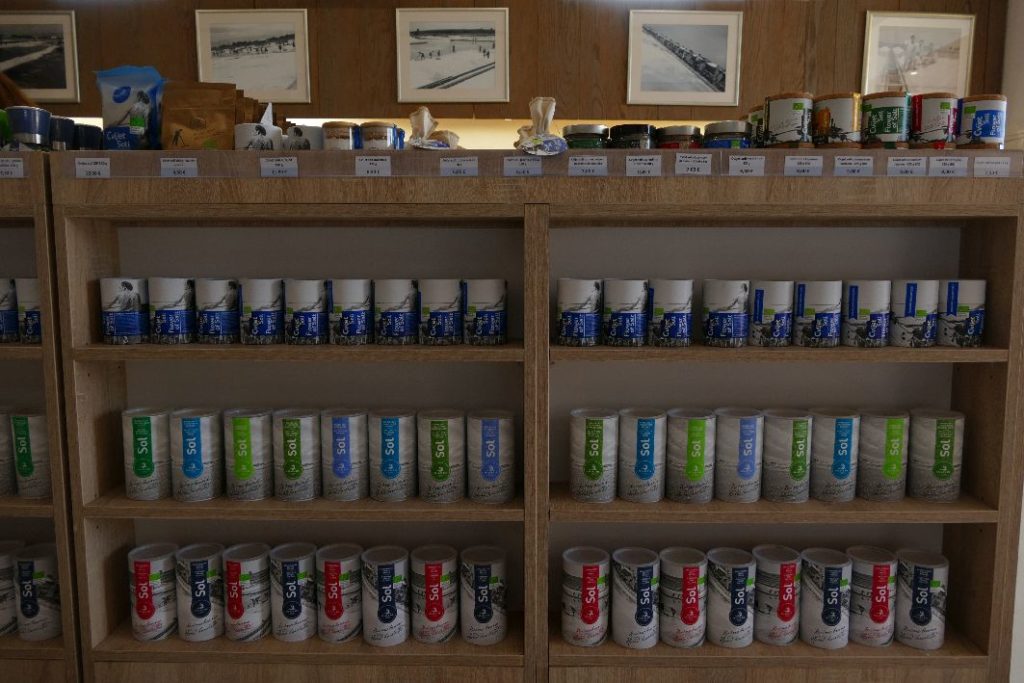
Figure 3: The wide range of salt products from Nin saltern. Photo: Primož Pipan, 2024.
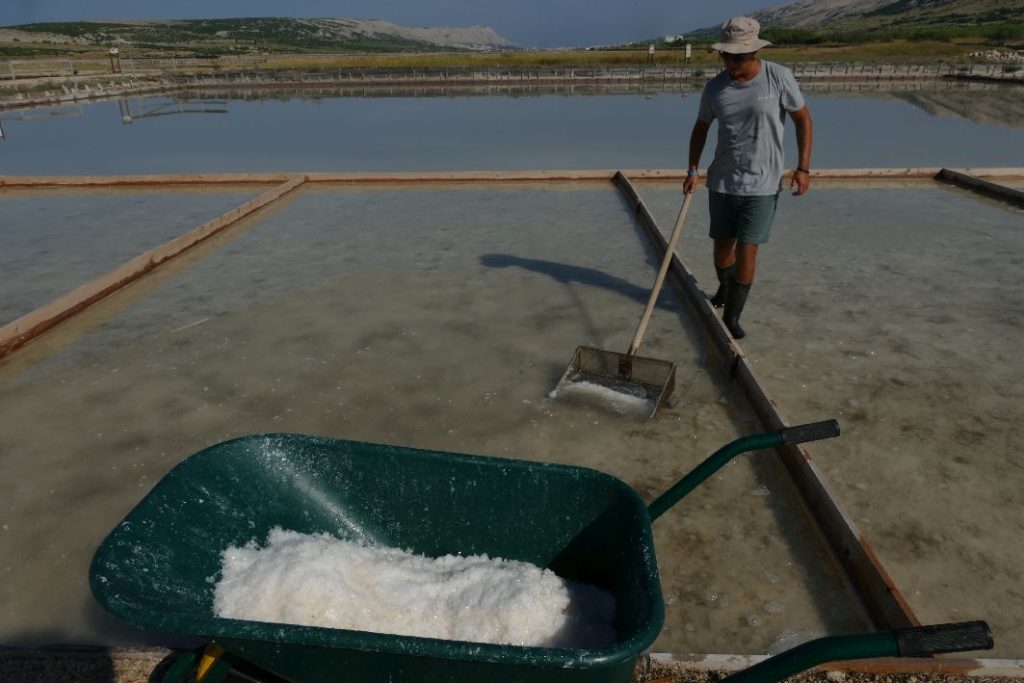
Figure 4: Collecting fleur de’sel at Pag salternPhoto: Primož Pipan, 2024.
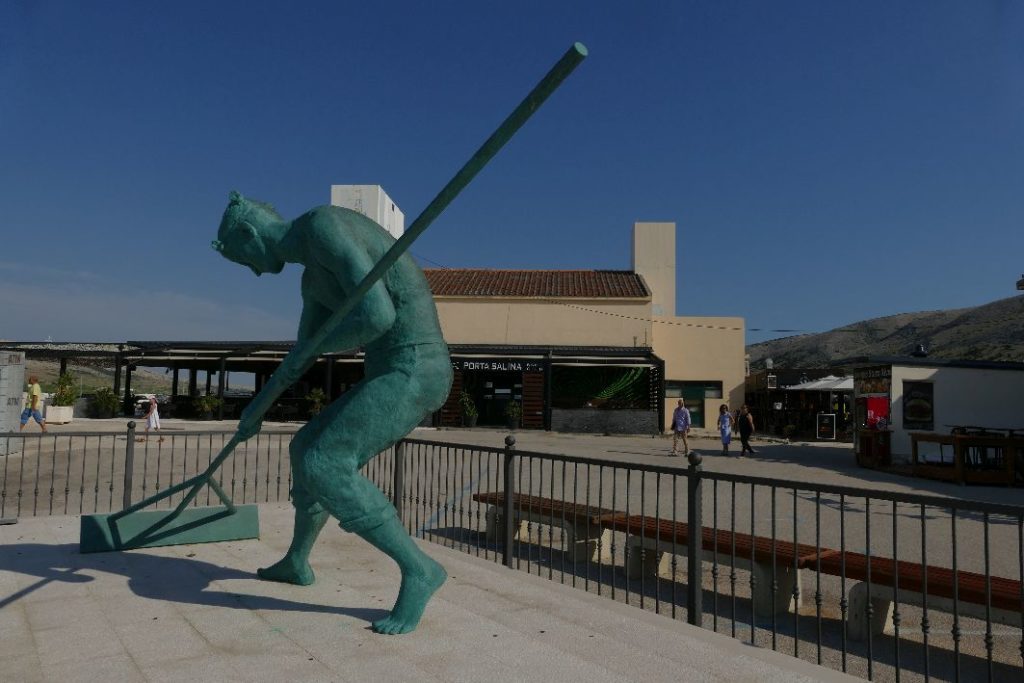
Figure 5: The statue of salter in front of the salt pan museum in Pag. Photo: Primož Pipan, 2024.
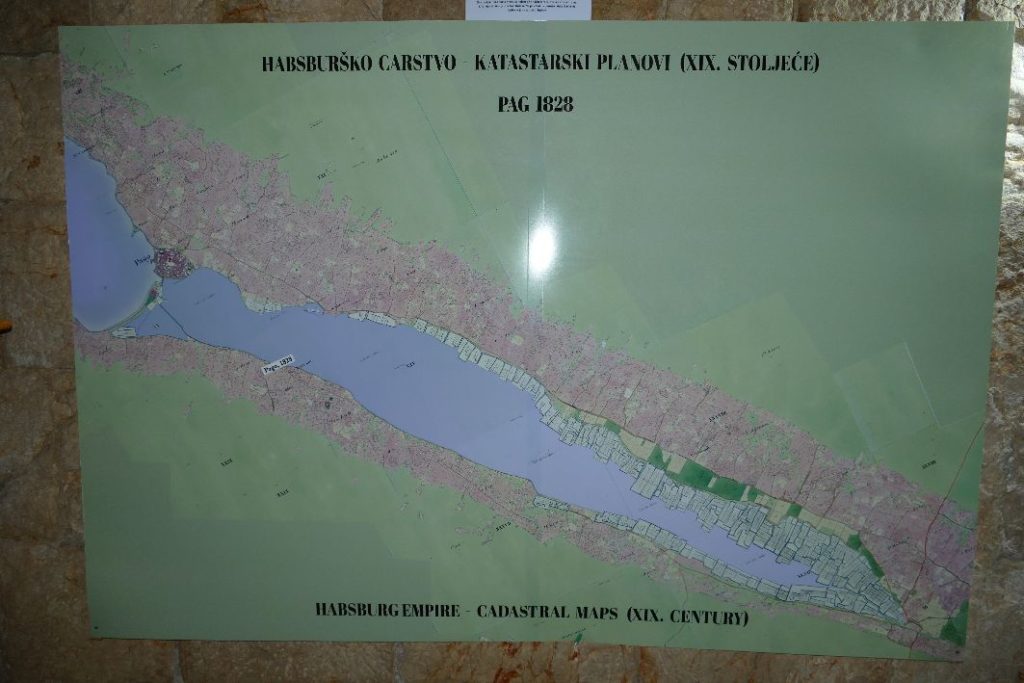
Figure 6: Salt fields of the Pag salterns on an old cadastre. Photo: Primož Pipan, 2024.
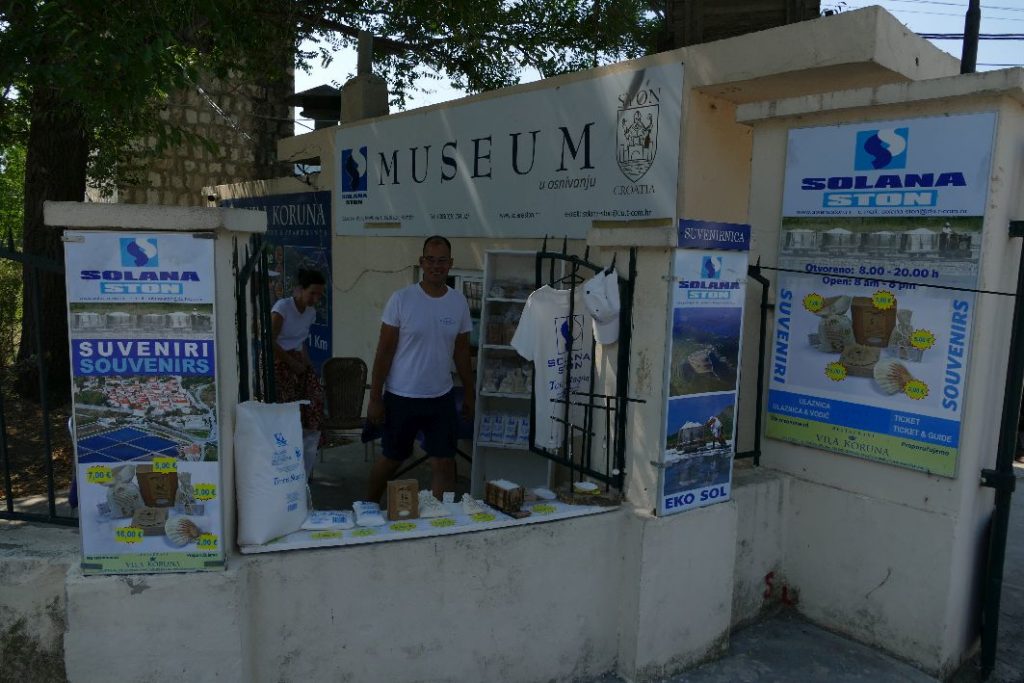
Figure 7: The Ston saltern Museum under construction. Photo: Primož Pipan, 2024.
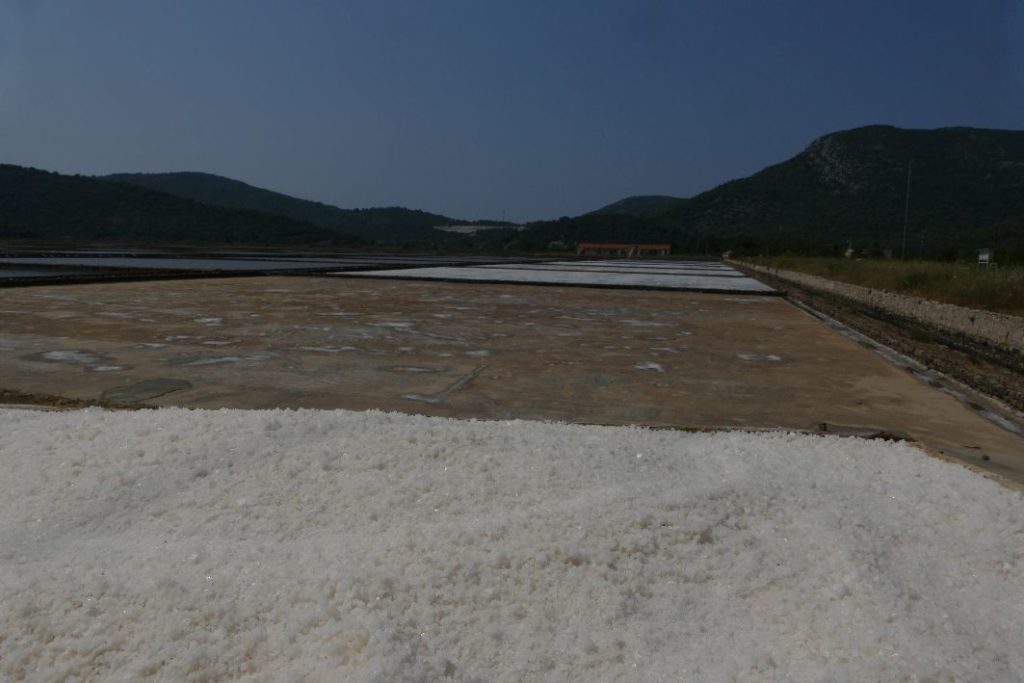
Figure 8: Salt field in the Ston salterns. Photo: Primož Pipan, 2024.
